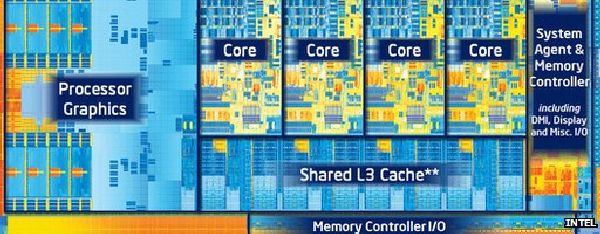Not sure how many of you have heard about Moore’s law, but, to put things simply; it states that the number of transistors on a silicon device has to double every two years. While, we all have practically seen the dimensions of devices diminishing, we haven’t given much thought to how this makes cramming in transistors in their two dimensional form almost impossible. This has given rise to the development of 3D transistors and in this context Intel has announced its ‘Ivy Bridge’ processor, a successor of the Sandy Bridge chips, which is a Tri gate silicon fin that rises up vertically.

The product is claimed to be the world’s first 22 nanometer product that will be 20 percent more efficient and consume 20 percent less power. This technology will lend generous graphic gains. The devices will have better processing speed and will better handle high definition video conferences and 4K resolution. Also it will offer advanced hardware security and a built in USB 3.0 support.
As beneficial as the technology sounds, the challenges entailed to make it fully operational are not so easy to overcome. Another deterrent in the way of Intel are its competitors, who are ready to offer energy recycling chips, etc. but who knows which one will come up with a more pragmatic solution. We wish Intel good luck for its new technology that might give us greater computing power.
Via: BBC




